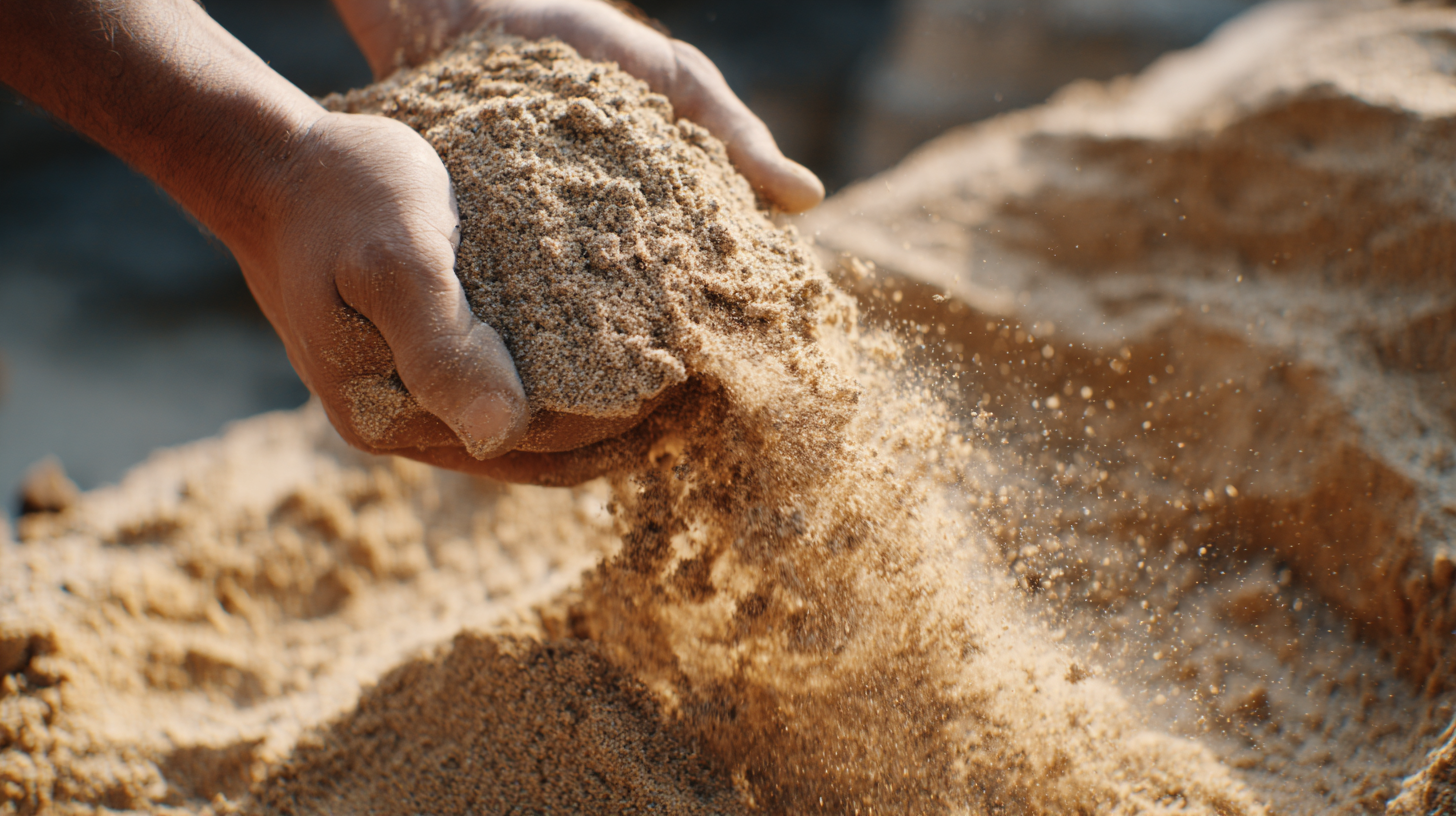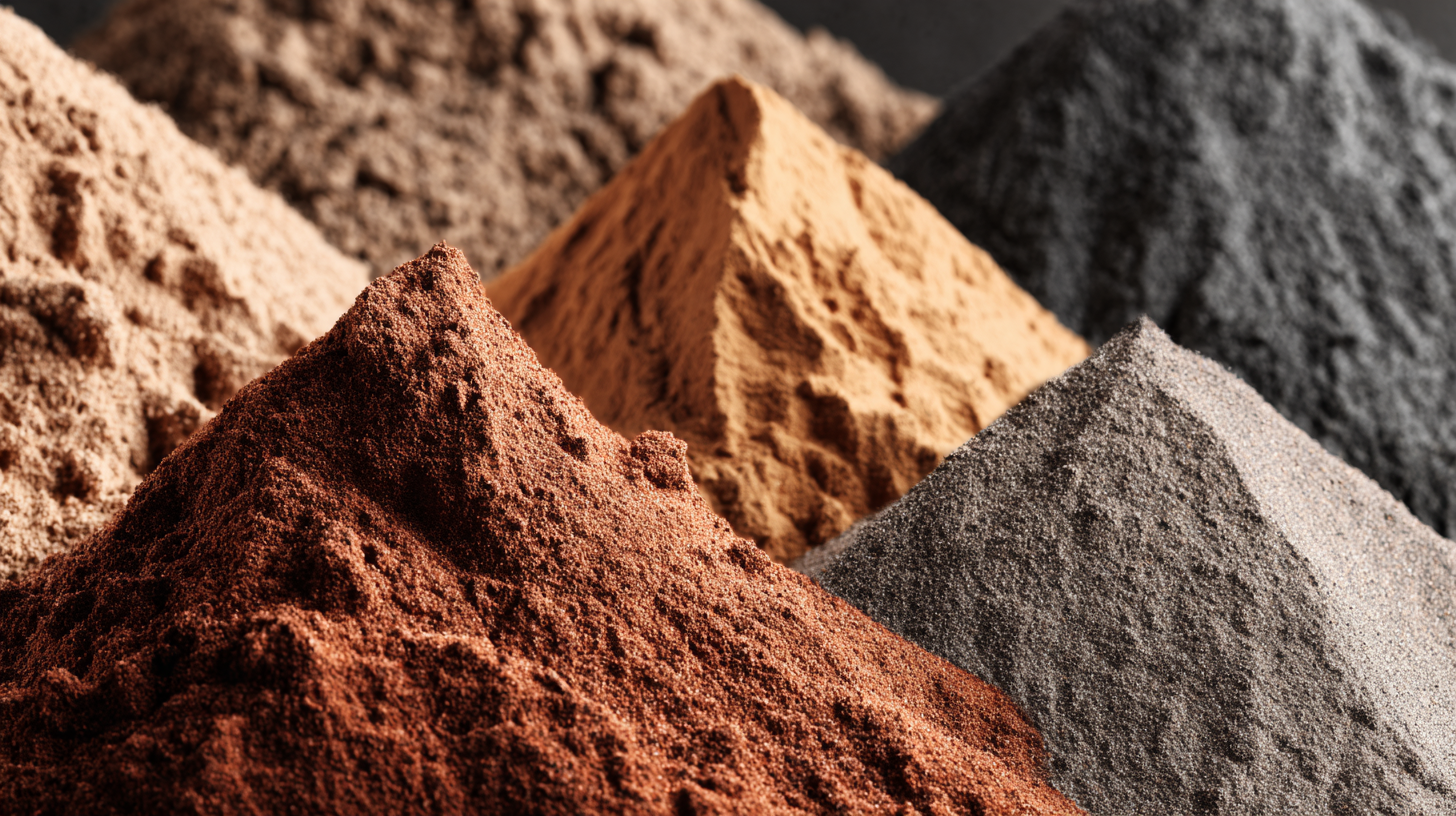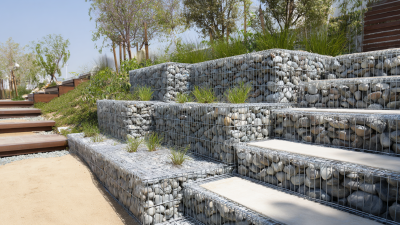The Essential Guide to Choosing the Right Concrete Sand for Your Project
In the construction industry, the selection of materials plays a crucial role in the overall success and longevity of any project. Among these materials, concrete sand stands out as a fundamental component, influencing both the strength and durability of concrete mixtures. According to a recent report by the National Concrete Association, the correct choice of sand can improve compressive strength by up to 25%, underscoring the importance of informed decision-making in material selection.
Expert insights further emphasize this significance. Dr. Michael Thornton, a renowned expert in construction materials, states, "Understanding the properties and specifications of concrete sand is essential for achieving optimal performance in concrete applications." This highlights the necessity of comprehensively evaluating the types of concrete sand, including their gradation, cleanliness, and mineral composition, to ensure a high-quality end product.
As the demand for concrete continues to rise in various construction sectors, from commercial buildings to infrastructure projects, knowledge about choosing the right concrete sand becomes a vital asset for contractors and builders alike. This essential guide aims to equip you with the information needed to make informed choices, ultimately leading to successful project outcomes.

Understanding the Different Types of Concrete Sand and Their Specific Uses
When choosing the right concrete sand for your project, it's essential to understand the different types of sands available and their specific applications. Concrete sand, typically composed of granular material such as silicon dioxide, varies in physical and thermal properties depending on its geographical origin and composition. For instance, research has shown that the thermal behavior of sand can significantly impact the performance of concrete, particularly in varying environmental conditions.
This is crucial for projects in regions with extreme temperatures, where the thermal properties of the sand must align with the intended use of the concrete.
In addition to traditional concrete sands, emerging alternatives, such as desert sand, are being explored for sustainability in construction. These options not only aim to minimize the environmental impact associated with conventional sand extraction but also address resource scarcity as demand for sand grows. By assessing the specific requirements of your construction project, including desired mechanical properties and thermal behaviors, you can make informed decisions about which type of concrete sand to select, ultimately ensuring the durability and sustainability of your concrete structures.
Key Characteristics to Evaluate When Choosing Concrete Sand
When selecting the right concrete sand for your project, several key characteristics must be evaluated to ensure optimal performance and durability. First and foremost, the grain size and distribution play a significant role in the strength of the finished concrete. According to a report by the National Ready Mixed Concrete Association, sands with a well-graded distribution (between 0.25 mm to 5 mm) provide better workability and reduce water demand, resulting in stronger concrete with less likelihood of cracking.
Another crucial factor is the sand's cleanliness, which directly impacts the adhesion of the concrete mix. It is essential to choose concrete sand that contains minimal impurities such as clay, silt, and organic materials. Research shows that even a small percentage of contaminants can significantly undermine the integrity of the concrete. The American Concrete Institute recommends that clean concrete sand should have less than 1% clay and silt content to achieve the desired bonding characteristics.
Lastly, understanding the sand's mineral composition is vital, as different minerals can affect the concrete's durability and resistance to environmental factors. Silica sand, for instance, is favored for its high strength and resistance to weathering. The U.S. Geological Survey's data highlights that over 60% of concrete mixes utilize silica-based sands, reflecting their importance in creating long-lasting structures. By assessing these characteristics meticulously, you can make an informed decision that enhances the quality of your concrete project.
The Essential Guide to Choosing the Right Concrete Sand for Your Project - Key Characteristics to Evaluate When Choosing Concrete Sand
| Characteristic | Description | Importance |
|---|---|---|
| Grain Size | Refers to the diameter of the sand particles. | Impacts the workability and finish of the concrete. |
| Shape | Describes the geometric configuration of sand grains. | Affects the strength and stability of the concrete mix. |
| Purity | The level of contaminants present in the sand. | Ensures the durability and longevity of concrete. |
| Moisture Content | Amount of water contained within the sand. | Critical for the mixing ratio of concrete. |
| Color | Visual appearance of the sand grains. | Can influence aesthetics of finished concrete products. |
| Absence of Fines | Refers to the amount of fine particles (like silt or clay) present. | High fines can compromise the strength of concrete. |
Top 5 Tips for Selecting the Right Concrete Sand for Durability
When selecting the right concrete sand for your project, it is essential to consider factors that influence durability and performance. According to the American Concrete Institute, the type of sand used can impact the strength and longevity of concrete structures. One of the top tips is to choose fine aggregate that meets ASTM C33 standards, ensuring a consistent particle size that enhances workability and reduces voids in the mix. This minimizes shrinkage cracks and promotes the overall integrity of the concrete.
Another crucial aspect is the source of the sand. Research indicates that regionally sourced sands not only comply with local regulations but also have properties that complement specific environmental conditions. Opting for washed concrete sand can significantly improve the durability of your structure by removing excessive fines and organic materials that can weaken the concrete over time. In fact, studies show that using high-quality washed sand can increase compressive strength by up to 10%. Additionally, consider the sand's grading; well-graded sands provide better compaction and reduce segregation, leading to a more uniform and durable concrete mix.

The Impact of Sand Grading on Concrete Strength: A Detailed Analysis
When it comes to concrete strength, the grading of sand is a crucial factor that often goes overlooked. The size and distribution of sand particles can significantly influence the overall performance of the concrete mix. Coarser sands allow for greater flowability and reduce the water-cement ratio, leading to stronger concrete. Conversely, finer sands can result in increased water absorption, potentially weakening the mix if not managed properly. Therefore, selecting the right sand grading is essential to ensure optimal strength and durability in your concrete project.
Tips: Always conduct a gradation test on sand before incorporating it into your mix. This will help you determine the particle size distribution and ensure that it meets the specifications required for your project. Additionally, consider the source of your sand; different geographical locations can produce sands with varying characteristics, impacting the performance of your concrete.
Moreover, incorporating a balance of different sand sizes can enhance the packing density, leading to a more robust mix. Using a combination of fine and coarse sands can fill voids effectively, improving the overall strength of the concrete. Make sure to consult with a concrete engineer or materials specialist to fine-tune your sand selection based on the specific requirements of your project.
Cost Comparison: How Different Concrete Sand Types Affect Project Budget
 When embarking on a concrete project, one critical consideration is the type of concrete sand you choose, as it can significantly impact your budget. Different types of sand, such as masonry sand, concrete sand, and washed sand, come with varying costs that can influence the total expenses of your project. For instance, while concrete sand is specifically designed for use in concrete mixes and is often more affordable, masonry sand might present a higher price due to its finer texture and specialized use in mortar mixes.
When embarking on a concrete project, one critical consideration is the type of concrete sand you choose, as it can significantly impact your budget. Different types of sand, such as masonry sand, concrete sand, and washed sand, come with varying costs that can influence the total expenses of your project. For instance, while concrete sand is specifically designed for use in concrete mixes and is often more affordable, masonry sand might present a higher price due to its finer texture and specialized use in mortar mixes.
Moreover, it’s essential to consider both the quality and availability of the sand you select. Locally sourced sands may reduce transportation costs, while premium options might demand a higher upfront investment but can enhance the durability and finish of your concrete. Therefore, conducting a thorough cost comparison of the different types of concrete sand available in your area can help you strike a balance between budget constraints and the desired quality of your project, ensuring that you achieve your construction goals efficiently.

